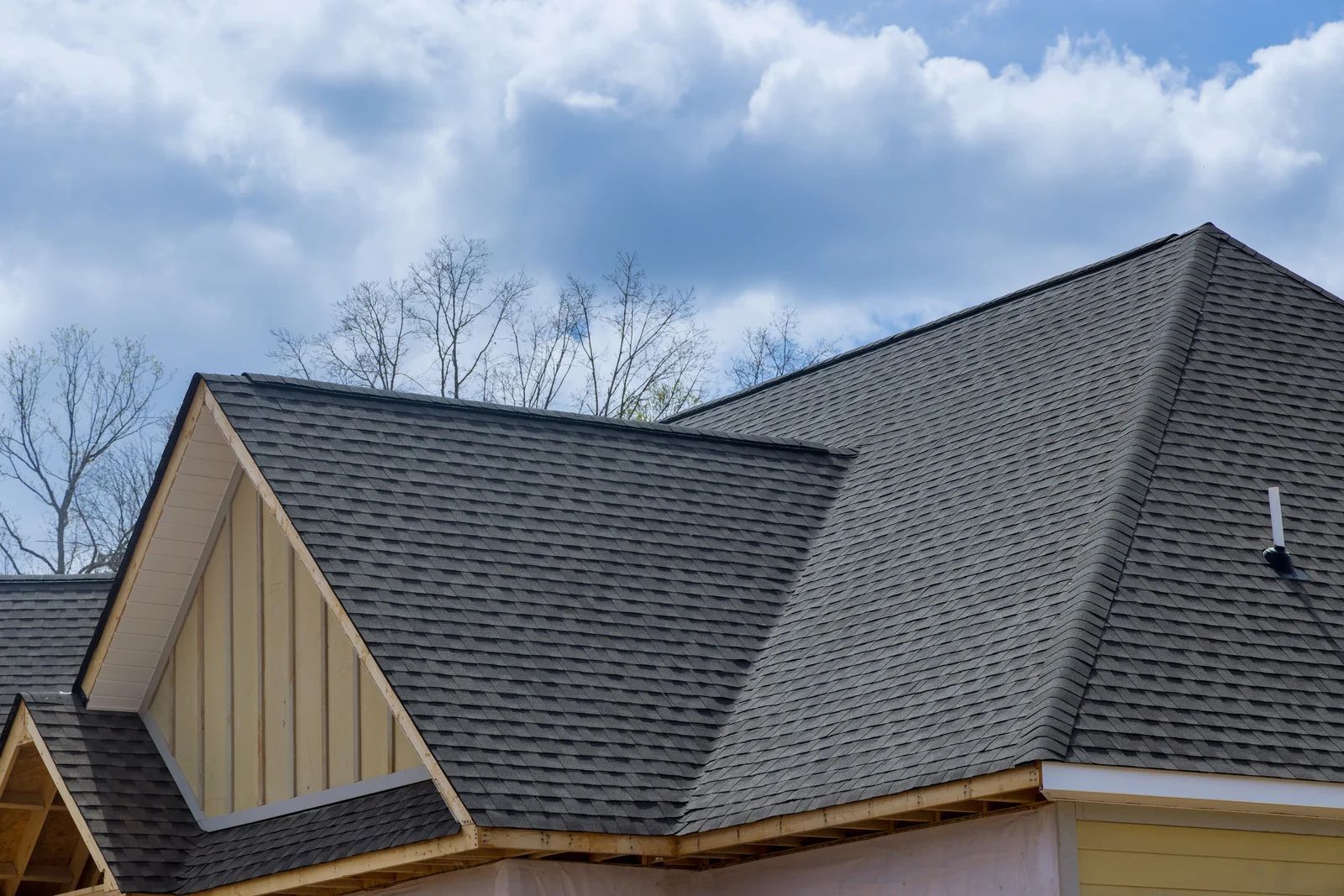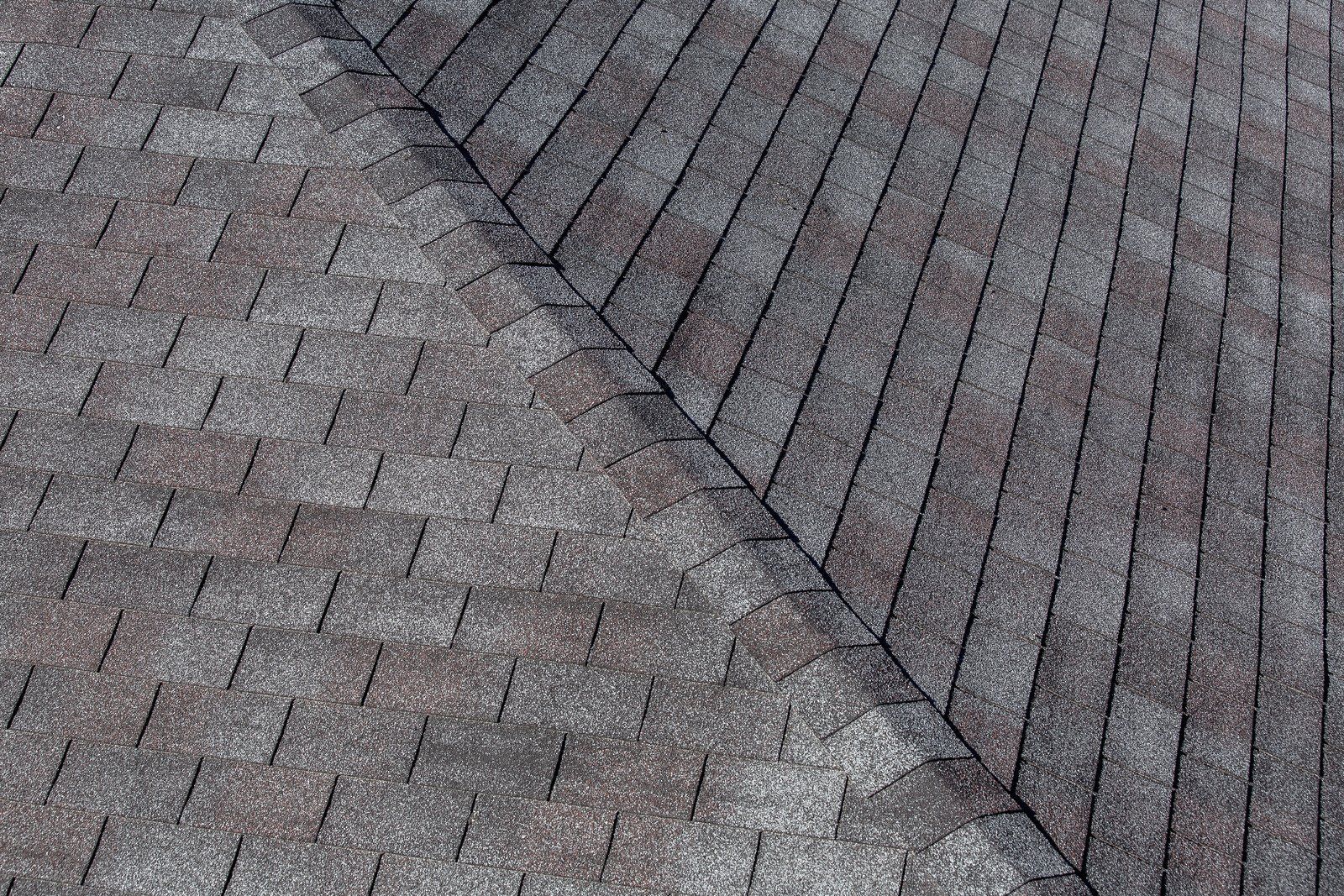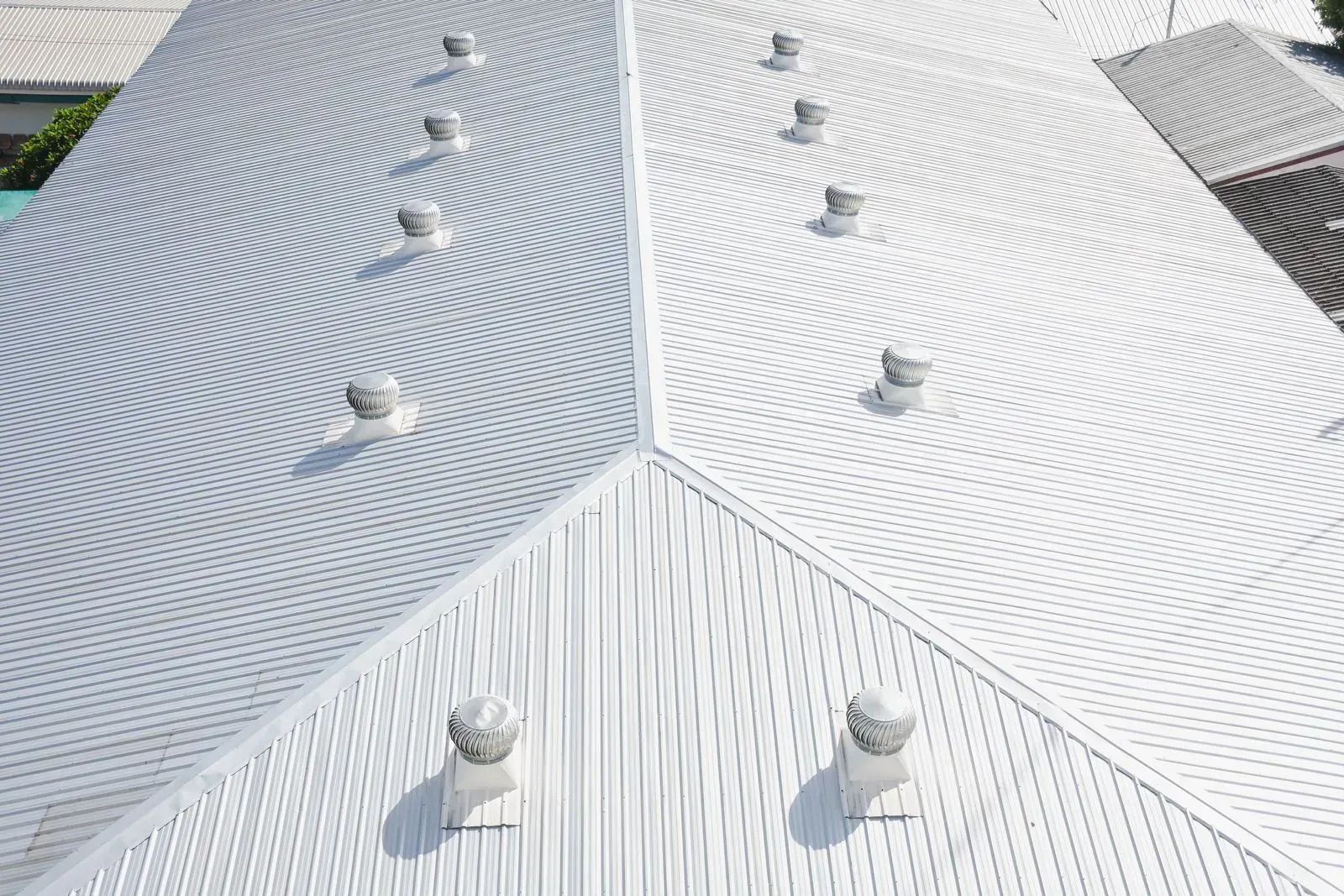How to Create an Effective Roof Maintenance Plan for Your Property
September 24, 2025

Your roof is one of the most critical components of your property, providing protection from harsh weather, regulating indoor temperature, and enhancing overall curb appeal. Yet, many property owners neglect routine maintenance, leading to costly repairs or premature replacement. Regular maintenance not only safeguards your investment but also increases the efficiency of your home by preventing leaks, insulation issues, and structural damage. A well-maintained roof also boosts property value and ensures the safety and comfort of everyone inside. Ignoring small issues can quickly escalate into major problems that are expensive and disruptive to fix. By taking a proactive approach, you can keep your roof in optimal condition for years to come. Understanding how to create an effective roof maintenance plan is the first step toward protecting your property and avoiding unnecessary expenses.
1. Schedule Regular Inspections
Routine inspections are the foundation of any effective roof maintenance plan. Ideally, you should inspect your roof at least twice a year, in the spring and fall, as well as after severe storms. Look for signs of damage such as missing shingles, cracks, leaks, or sagging areas. Early detection allows you to address minor issues before they turn into major problems.
2. Clean and Maintain Roof Surfaces
Debris such as leaves, branches, and dirt can trap moisture on your roof, accelerating wear and tear. Regularly cleaning gutters, downspouts, and the roof surface itself prevents water accumulation and reduces the risk of mold or rot. Additionally, removing moss or algae growth can prevent long-term damage to roofing materials.
3. Inspect and Maintain Roof Flashing and Sealants
Flashing and sealants are critical for preventing leaks at roof joints, vents, chimneys, and skylights. Over time, these materials can degrade due to weather exposure. Checking for gaps, cracks, or deterioration and resealing as necessary ensures that your roof remains watertight and structurally sound.
4. Address Repairs Promptly
Delaying repairs can lead to more extensive damage and higher costs. Even small leaks or broken shingles should be repaired immediately. Work with a trusted roofing professional to ensure repairs are done correctly and using high-quality materials.
5. Document Maintenance Activities
Keeping a detailed record of inspections, cleanings, and repairs helps track the condition of your roof over time. Documentation can also be valuable for warranty claims or insurance purposes, as it demonstrates that proper care and maintenance have been consistently performed.
6. Partner with a Professional Roofing Company
While DIY maintenance can handle minor tasks, partnering with a professional ensures comprehensive care. Roofing experts have the experience, tools, and knowledge to identify potential issues and perform repairs safely and efficiently.
Trust Valley Roofing LLC for Your Roof Maintenance Needs
Creating and maintaining an effective roof maintenance plan is essential for protecting your property and extending the life of your roof. Valley Roofing LLC, located in Southington, Connecticut, brings over 35 years of experience in providing high-quality roofing services. Our team specializes in inspections, repairs, and preventive maintenance, ensuring your roof remains in excellent condition year-round. With Valley Roofing LLC, property owners can have peace of mind knowing their roof is cared for by seasoned professionals dedicated to quality, safety, and long-lasting results.






